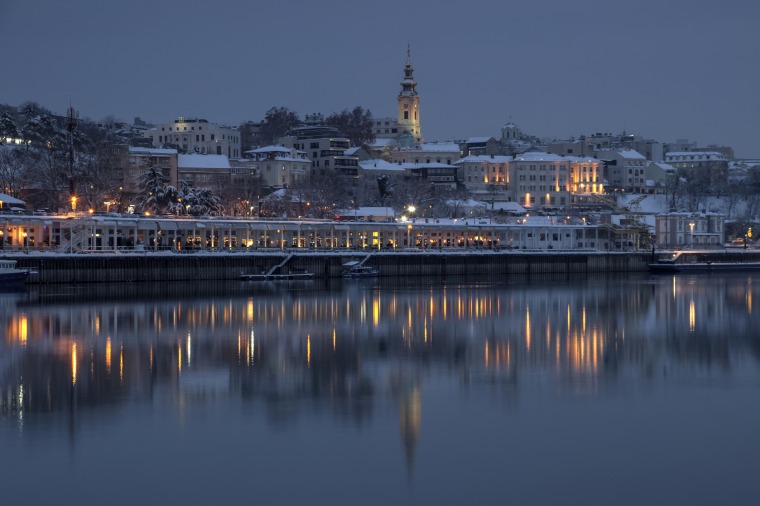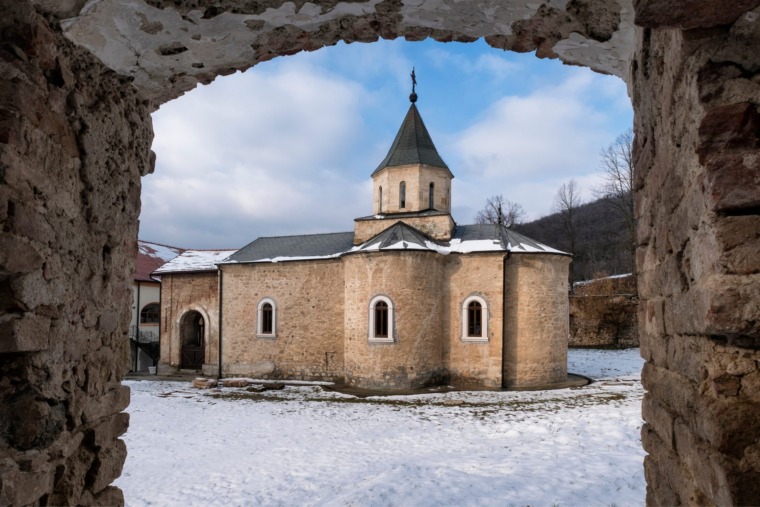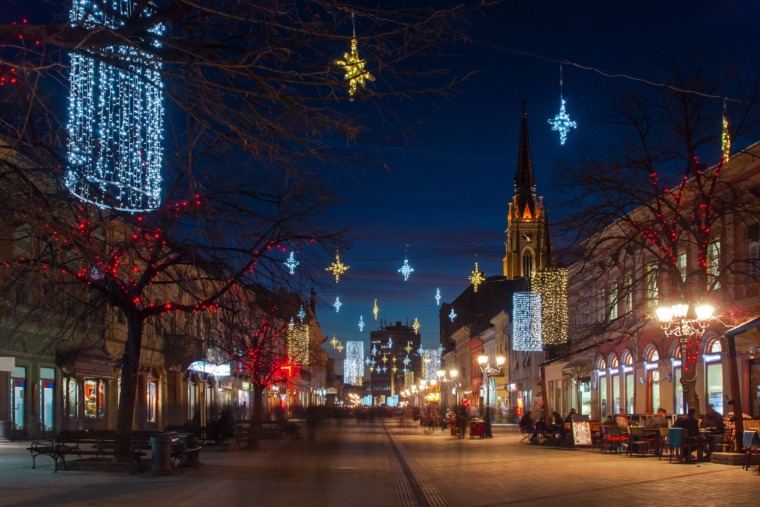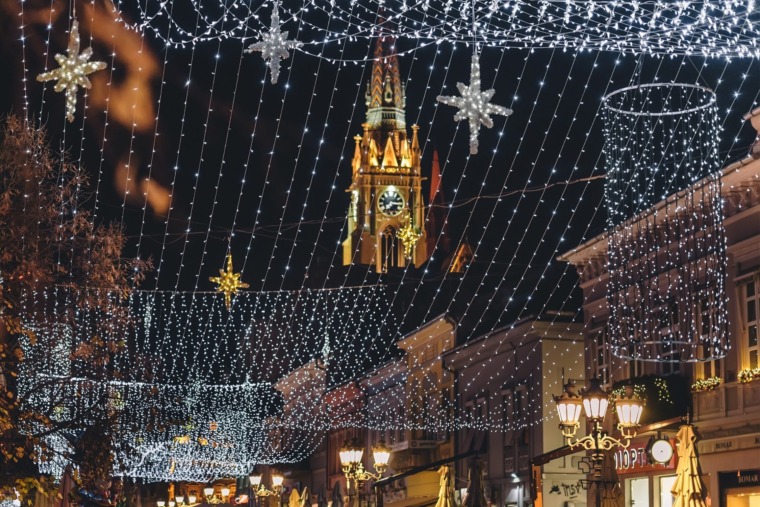
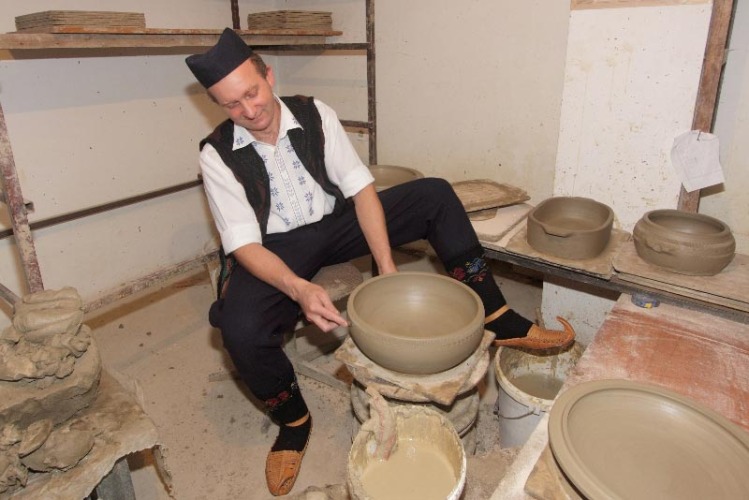
Masters of old crafts have preserved their knowledge and skills till modern times and transformed into handcrafts of outstanding beauty.
In the era of high technology, there are still numerous artisans in Serbia trying to preserve old crafts and family traditions. They are trying to protect the ancient manufacturing processes and techniques working in small shops, in old houses or cellars.
The term “zanat” (craft or trade) is a Turkish loanword used in the Balkans, coming from Arabic language and it represents a skill or a knowledge.
Some crafts, based on ancient experience of Old Slavic and Asian cultures, were the important economic sector of ancient settlements.
The first data about crafts are found in Serbian ancient charters from the 14th century, in the lists of registered craftsmen who, along with villages and estates, were assigned to certain monasteries. The craftsmen registered in the population census from 1455 were: blacksmiths, shoemakers, tailors, tanners, butchers, bakers, potters, stonecutters, wheelwrights, millers, innkeepers and herbalists.
After the arrival of Turks, new crafts originating from the Orient appeared. Mostly Muslim population practised crafts typical for cities – silversmiths, locksmiths, “tabaci” (skin tanners), “ćurčije” (manufactures of leather garments), “kazazi” (they make accessories – textile decorations, yarns, buttons, cords), slipper-makers, barbers, soap-makers, blacksmiths, coppersmiths, sword-makers, “bozadžije” (they make “boza”, a popular fermented drink) and “halvadžije” (they make “halva”, a delicacy).
And even old traditional trades were influenced by new oriental crafts, especially in leather and metal processing, so goldsmiths are now called “kujundžije”, and skin tanners – “tabaci”.

In the middle of the 16th century there were about fifty registered crafts in Prizren, and thirty in Belgrade. Other significant cities for crafts were Užice, Niš and Smederevo, as well as the cities in Kosovo and Metohia. There was a larger number of blacksmiths, millers and potters in the villages rather than in the urban areas, also all other craftsmen related to a more primitive way of life.
In the middle of the 18th century the number of craftsmen – Christians, mostly Serbs and Cincari, was increasing. They were bakers, innkeepers, silversmiths, “opančari” (manufactures of “opanak”, a traditional folk shoe), “ćurčije” (manufactures of leather garments), “terzije” (tailor of national civil clothes – costumes), “bojadžije” (craftsmen who color wool, canvas, fabric or garments) etc.
Artisans were organized in associations of artisans – guilds, which organized education of apprentices and future improvements of the trade, they took care of the members who couldn’t work anymore and solved problems within their own circles, they stood united when defending their rights before the law.
Schooling and training would have lasted for years; apprentice (student) had to take the exam in order to become journeyman (assistant), and after additional training he would become a master artisan.
During the 19th century, after the Ottoman ruling, Serbian artisans took over the predominance in Belgrade and other cities in Serbia. At the same time, artisans, who came from Austro-Hungarian Empire, brought some new crafts and influences from Western Europe.
By the end of the 19th century the necessity for artisans diminished as semi-industrial and industrial goods appeared. Artisan production was slowly disappearing, and in the early 20th century, service sector became a characteristic of the cities.
After the World War II social and economic foundations of artisan production disappeared as mass industrial production appeared. Another reason was the belittling of the value of manual labor.
Today traditional artisan tools, semi-manufactured goods, products and inventory of certain artisan shops can be seen in valuable museum collections. They are a segment of material cultural heritage and a testimony of a time that disappeared in the process of universal modernization and globalization of everyday life.
Related Articles


What to Do with Kids in Serbia: Family-Friendly Holiday Ideas
December 14, 2025
Winter Wine Escape: Serbia’s Most Beautiful Holiday Wineries
December 11, 2025